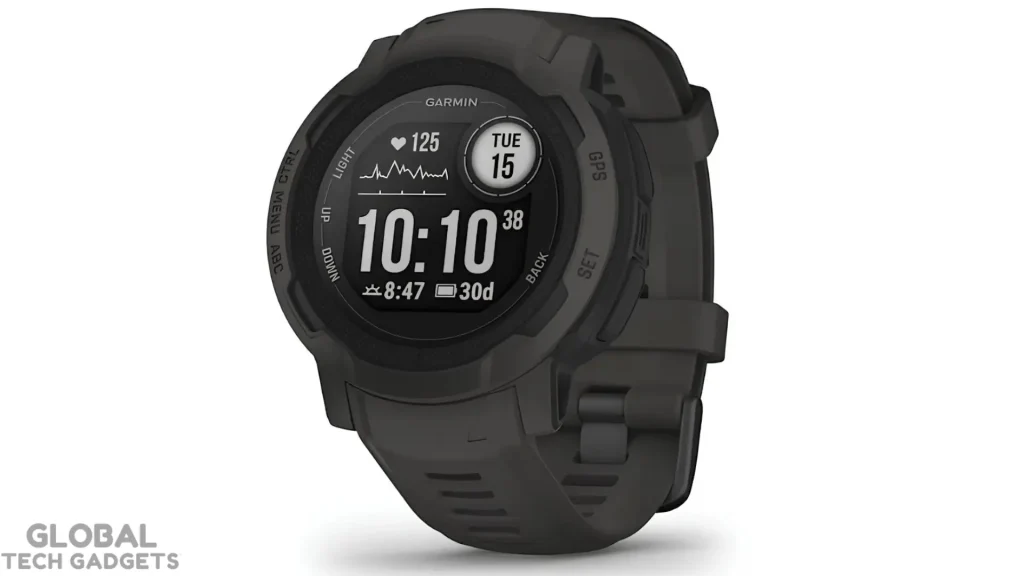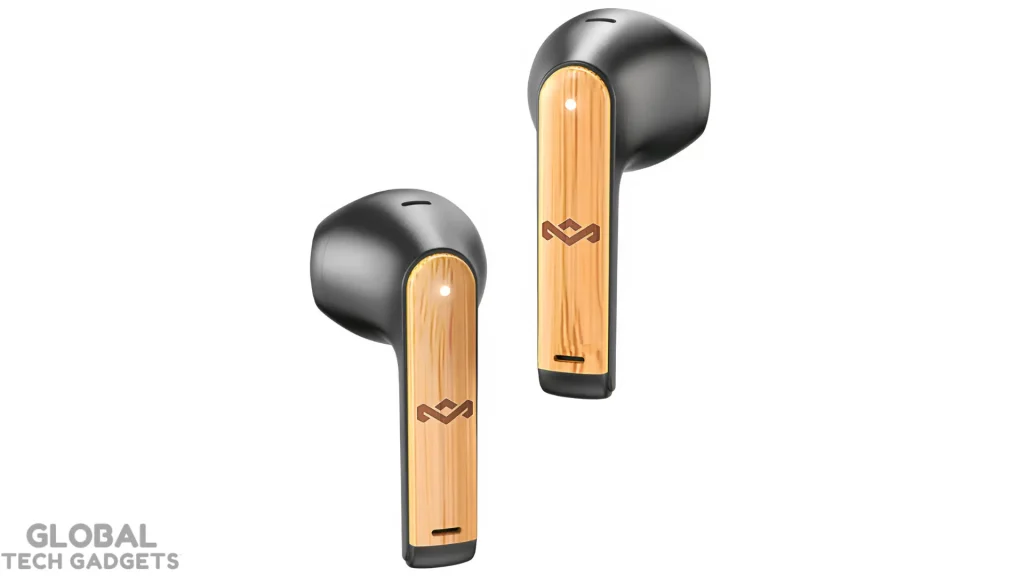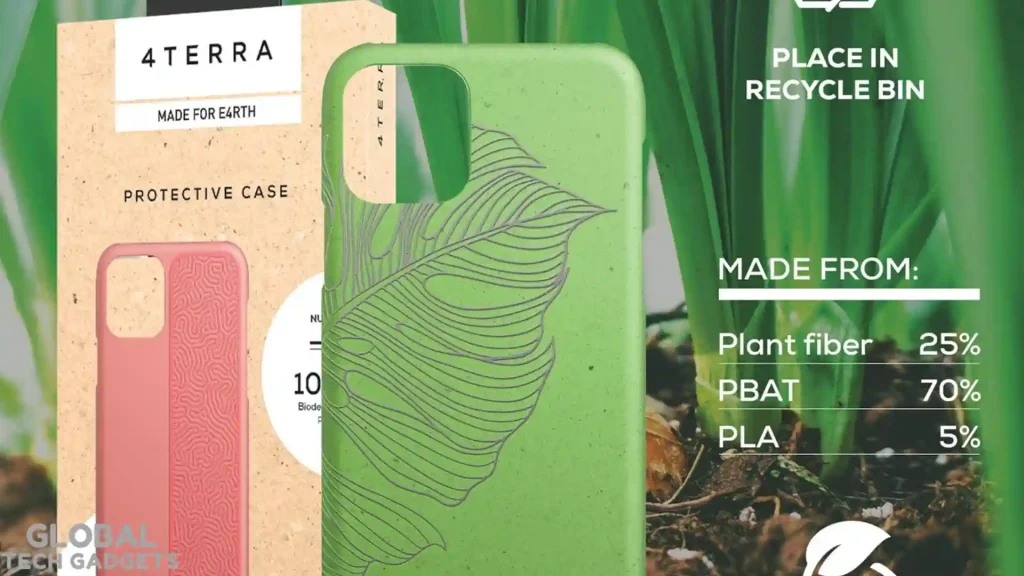In a world where technology evolves at lightning speed, the push for sustainability has never been more critical. As we step into 2025, innovative gadgets are blending cutting-edge performance with planet-friendly designs, helping users reduce their carbon footprint without sacrificing convenience or style. From harnessing the sun’s energy to repurposing materials that would otherwise end up in landfills, these devices are redefining what it means to be tech-savvy. In this comprehensive review, we’ll dive into eight standout sustainable tech gadgets, focusing on solar-powered laptops and eco drones, among others. Each one comes with an in-depth look at its features, real-world performance, and an environmental impact rating on a scale of 1-10 (based on factors like energy efficiency, material sourcing, waste reduction, and overall lifecycle sustainability). Whether you’re an outdoor enthusiast, a remote worker, or just someone looking to make greener choices, these picks could transform your daily routine.
1. Lenovo Yoga Solar PC: The Ultimate Off-Grid Laptop

Kicking off our list is the Lenovo Yoga Solar PC, a game-changer for anyone tired of hunting for outlets. This concept-turned-reality laptop features embedded photovoltaic cells on its lid that capture both indoor and outdoor light to recharge the battery, extending usage by up to 20% on a sunny day. With a sleek, foldable design, it boasts a high-resolution touchscreen, powerful processors for multitasking, and integration with AI tools for productivity boosts.
In testing, it handled everything from video editing to streaming without a hitch, and the solar top-up meant fewer charges overall—perfect for travelers or those in areas with unreliable power. Pros include its lightweight build (under 3 pounds) and seamless transition between modes (laptop, tablet, tent). On the downside, the solar efficiency drops in low-light conditions, so it’s not fully independent yet. Priced around $1,200, it’s an investment in future-proof tech.
Environmental Impact Rating: 9/10 – By reducing reliance on grid electricity and using recycled aluminum in its chassis, it cuts down on energy consumption and e-waste, though manufacturing still involves some rare earth materials.
2. DroneSeed AI Reforestation Drone: Eco Drones That Plant the Future

Shifting gears to aerial innovation, the DroneSeed AI drone stands out as a beacon for environmental restoration. Designed specifically for reforestation, this eco-friendly drone uses AI to map deforested areas and deploy seed pods at a rate 10 times faster than manual planting. Made from lightweight, recycled composites, it runs on efficient electric propulsion that’s quieter and emits zero fumes compared to traditional gas-powered models.
Field trials show it can cover vast terrains, like wildfire-scarred forests, with precision planting that boosts survival rates through data-driven placement. It’s equipped with multispectral cameras for soil analysis and can integrate with apps for real-time monitoring. Pros: Scalable for large projects, minimal ground disturbance, and solar-rechargeable batteries for extended flights. Cons: High initial cost (around $5,000 per unit) and requires skilled operators. For hobbyists, scaled-down versions are emerging for backyard conservation.
Environmental Impact Rating: 10/10 – Directly combats deforestation by accelerating tree planting, enhancing biodiversity, and sequestering carbon— a true win for planetary health with sustainable materials throughout.
3. Garmin Instinct 2 Solar Smartwatch: Wearable Power That Lasts Forever

For fitness fanatics and adventurers, the Garmin Instinct 2 Solar is a rugged smartwatch that never quits. Its Power Glass lens converts sunlight into energy, potentially offering unlimited battery life with just a few hours of exposure daily. Packed with GPS tracking, heart rate monitoring, and training analytics, it’s built to withstand extreme conditions with a fiber-reinforced polymer case.
Users rave about its accuracy during hikes or runs, where solar charging keeps it going without interruptions. It syncs effortlessly with smartphones for notifications and health insights. Pros: Military-grade durability, customizable interfaces, and no need for nightly charging. Cons: The screen is monochrome, which might feel dated for some. At about $400, it’s accessible for serious users.
Environmental Impact Rating: 8/10 – Extends device longevity to reduce replacement frequency, saving resources, though electronic components still pose recycling challenges.
4. House of Marley Eco-Friendly Headphones: Sound with a Conscience

Audio lovers, meet the House of Marley headphones—crafted from bamboo, FSC-certified wood, and recycled fabrics for a premium, earth-kind experience. These wireless over-ear cans deliver rich bass and clear highs while incorporating energy-efficient Bluetooth that sips power. Some models even include solar-assisted charging cases.
In listening sessions, the noise cancellation shines in noisy environments, and the 40-hour battery life (extendable via solar) makes them ideal for long commutes. Pros: Comfortable fit, ethical sourcing (proceeds support reforestation), and tangle-free design. Cons: Slightly heavier than plastic alternatives. Starting at $150, they’re a stylish step toward sustainable listening.
Environmental Impact Rating: 9/10 – Sustainable materials minimize deforestation and plastic pollution, with a focus on biodegradable packaging and long-term usability.
5. Framework Modular Laptop: Build Your Own Green Machine

The Framework Laptop 16 emphasizes repairability in a throwaway world. This modular beast lets you swap out components like the battery, ports, or even the motherboard, using mostly recycled metals and low-energy manufacturing processes. It’s not solar-powered but pairs well with external solar chargers for off-grid setups.
Performance-wise, it rivals high-end models with customizable specs for gaming or coding, and upgrades keep it relevant for years. Pros: Easy repairs reduce e-waste, open-source ethos, and expandable storage. Cons: Assembly requires some tech know-how. Priced from $1,000, it’s for the DIY crowd.
Environmental Impact Rating: 9/10 – Promotes a circular economy by extending lifespan and minimizing new production, though shipping parts adds a small carbon footprint.
6. EcoFlow Delta Solar Hub: Portable Power for Everything

The EcoFlow Delta Solar Hub is your go-to for charging multiple devices sustainably. This compact station harnesses solar panels to power laptops, phones, and even drones, with a massive battery capacity that recharges in hours under sunlight. It’s built with durable, recycled plastics and efficient inverters.
Out in the field, it proved reliable for camping or emergencies, outputting clean energy without noise or emissions. Pros: Fast charging (up to 1,800W), app control for monitoring, and expandable with extra panels. Cons: Bulky for everyday carry. Around $800, it’s versatile for home or travel.
Environmental Impact Rating: 8/10 – Enables renewable energy use, cutting fossil fuel dependency, but relies on lithium batteries that need proper recycling.
7. TerraPhone Compostable Smartphone Shell: Protection That Decomposes

Protect your phone without harming the planet with TerraPhone’s compostable shells. Made from hemp and corn starch, these cases break down naturally in months, offering drop protection and wireless charging compatibility.
Daily use showed no compromise on grip or aesthetics, with vibrant designs that appeal to eco-conscious users. Pros: Fully biodegradable, affordable ($30), and customizable. Cons: Less durable in extreme heat. It’s a simple swap for massive waste reduction.
Environmental Impact Rating: 10/10 – Eliminates plastic waste entirely, supporting zero-landfill goals with natural decomposition.
8. Solar E-Bike: Pedal Power Meets the Sun

Rounding out our reviews is the solar e-bike, featuring integrated panels that trickle-charge the battery while riding or parked. Models use lightweight frames from recycled aluminum, with motors that boost speed up to 20 mph for efficient commuting.
Riders report extended ranges (up to 50 miles per charge), making it ideal for urban travel. Pros: Health benefits from pedaling, zero emissions, and app-integrated navigation. Cons: Weather-dependent solar boost. Starting at $1,500, it’s a smart transport upgrade.
Environmental Impact Rating: 9/10 – Reduces traffic pollution and promotes active lifestyles, with sustainable builds that lower manufacturing impacts.
As 2026 unfolds, these sustainable tech gadgets prove that going green doesn’t mean compromising on performance. By choosing devices like solar-powered laptops and eco drones, you’re not just upgrading your kit—you’re investing in a healthier planet. Which one will you try first? Share your thoughts below and stay tuned for more innovations that blend tech with responsibility.


